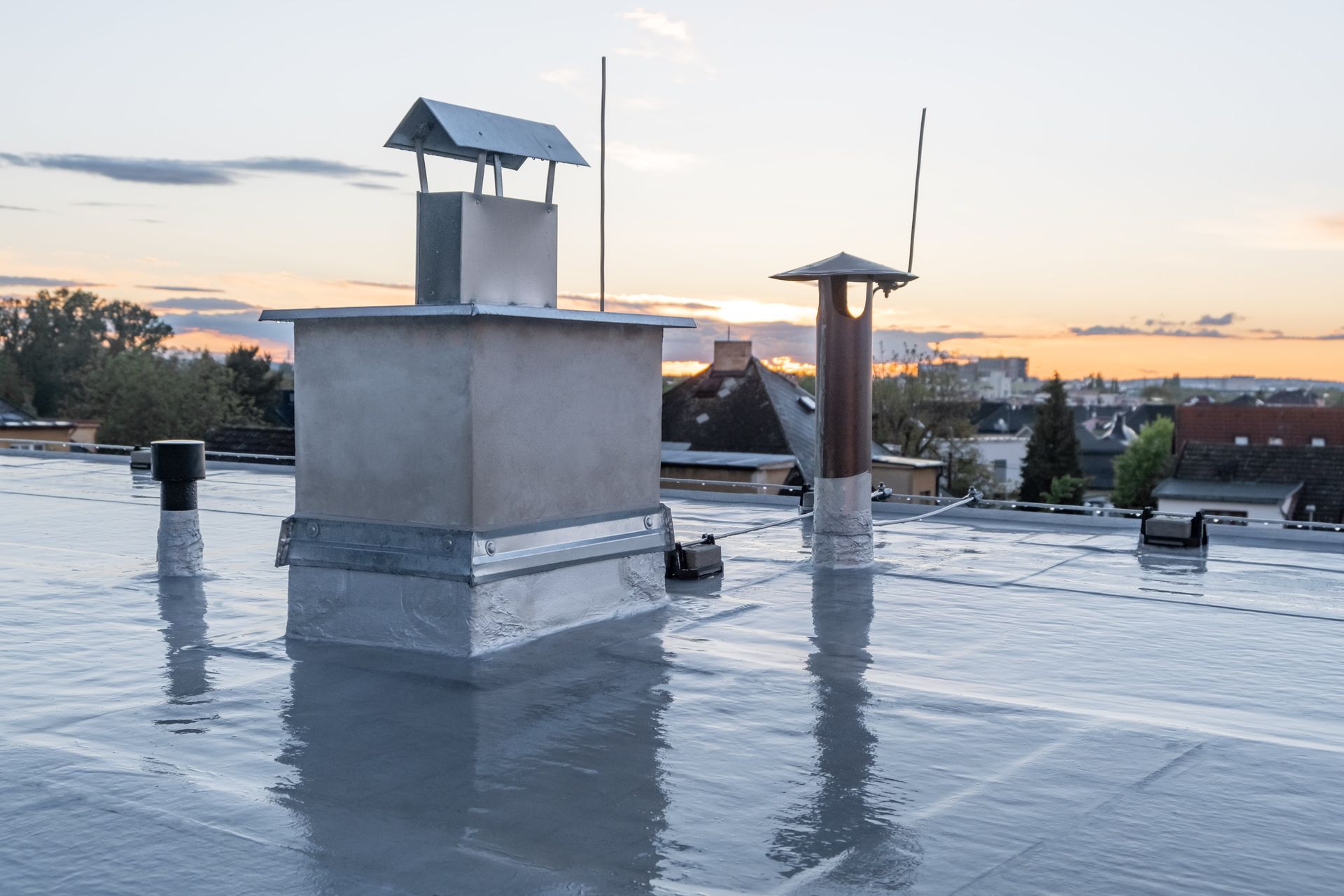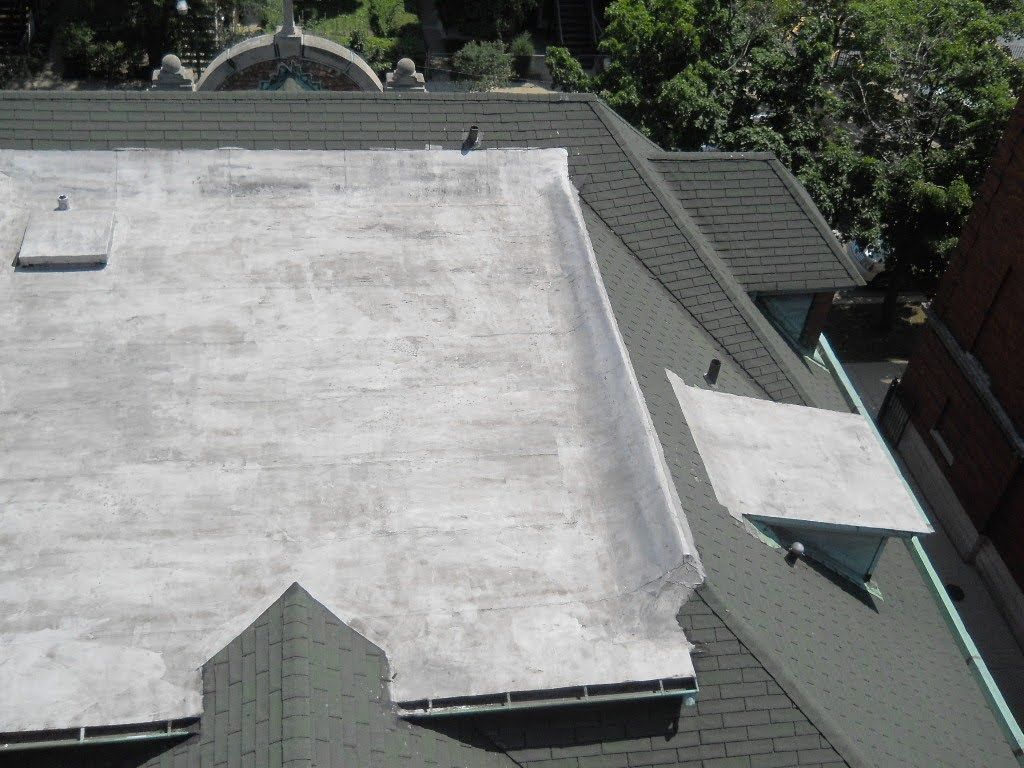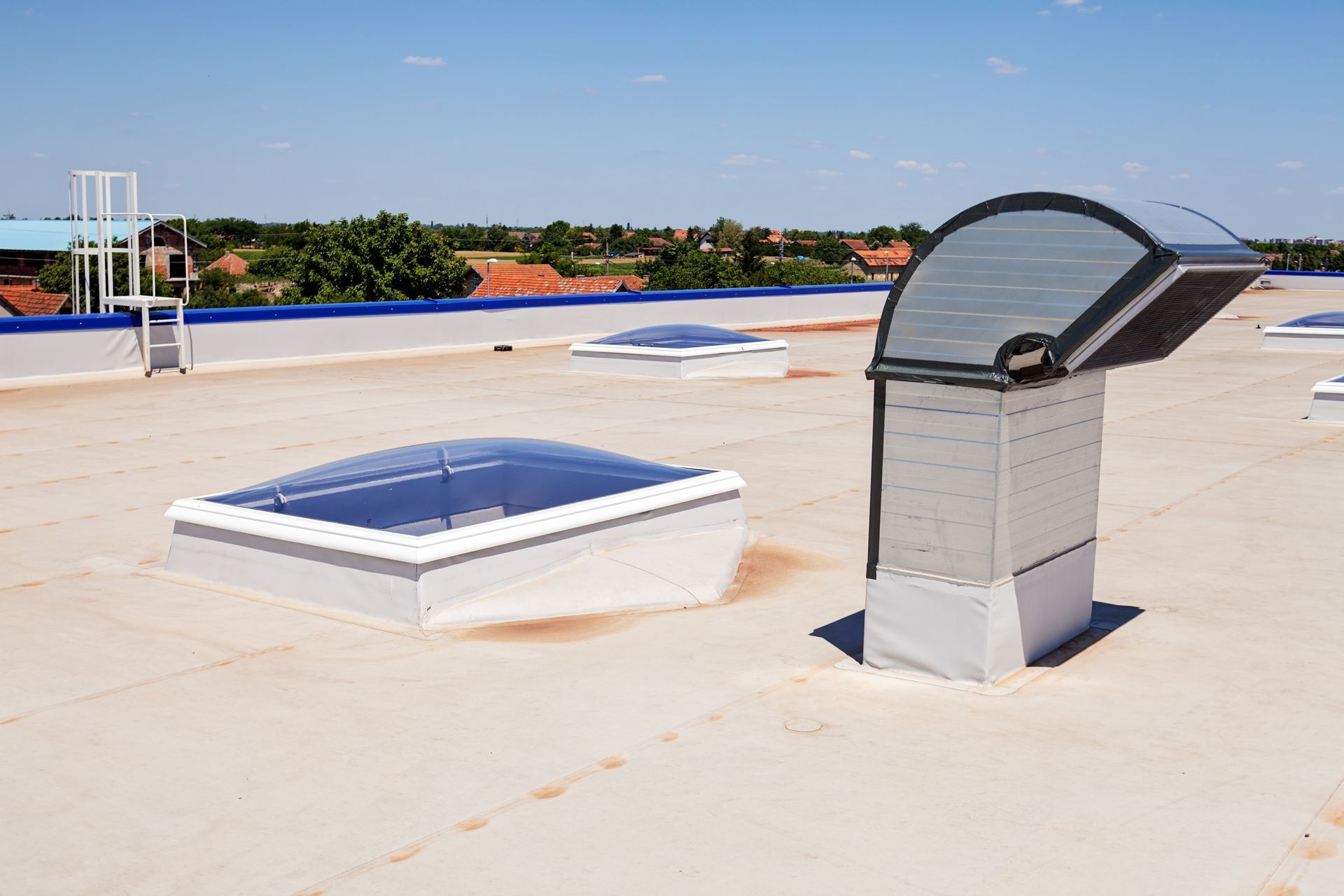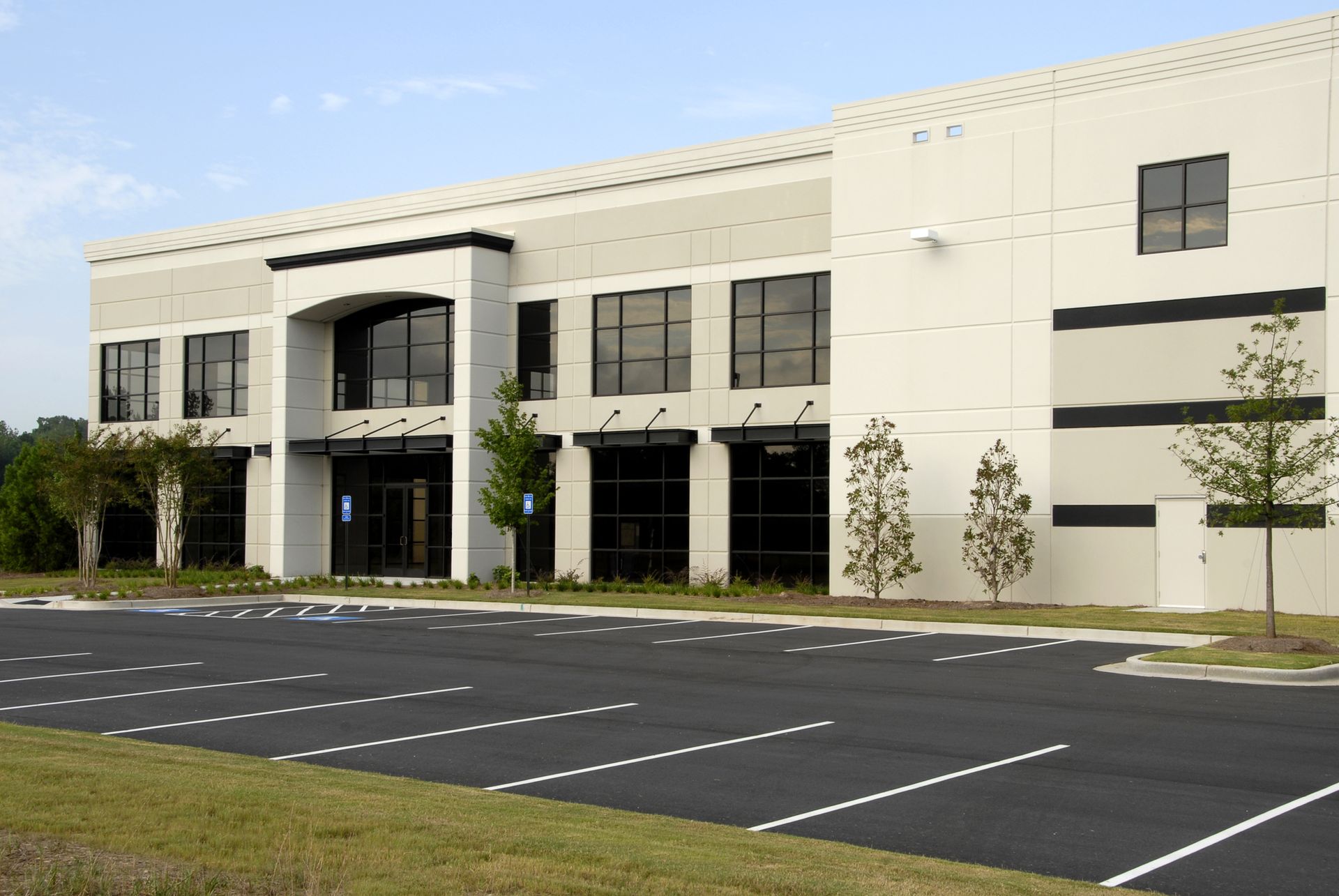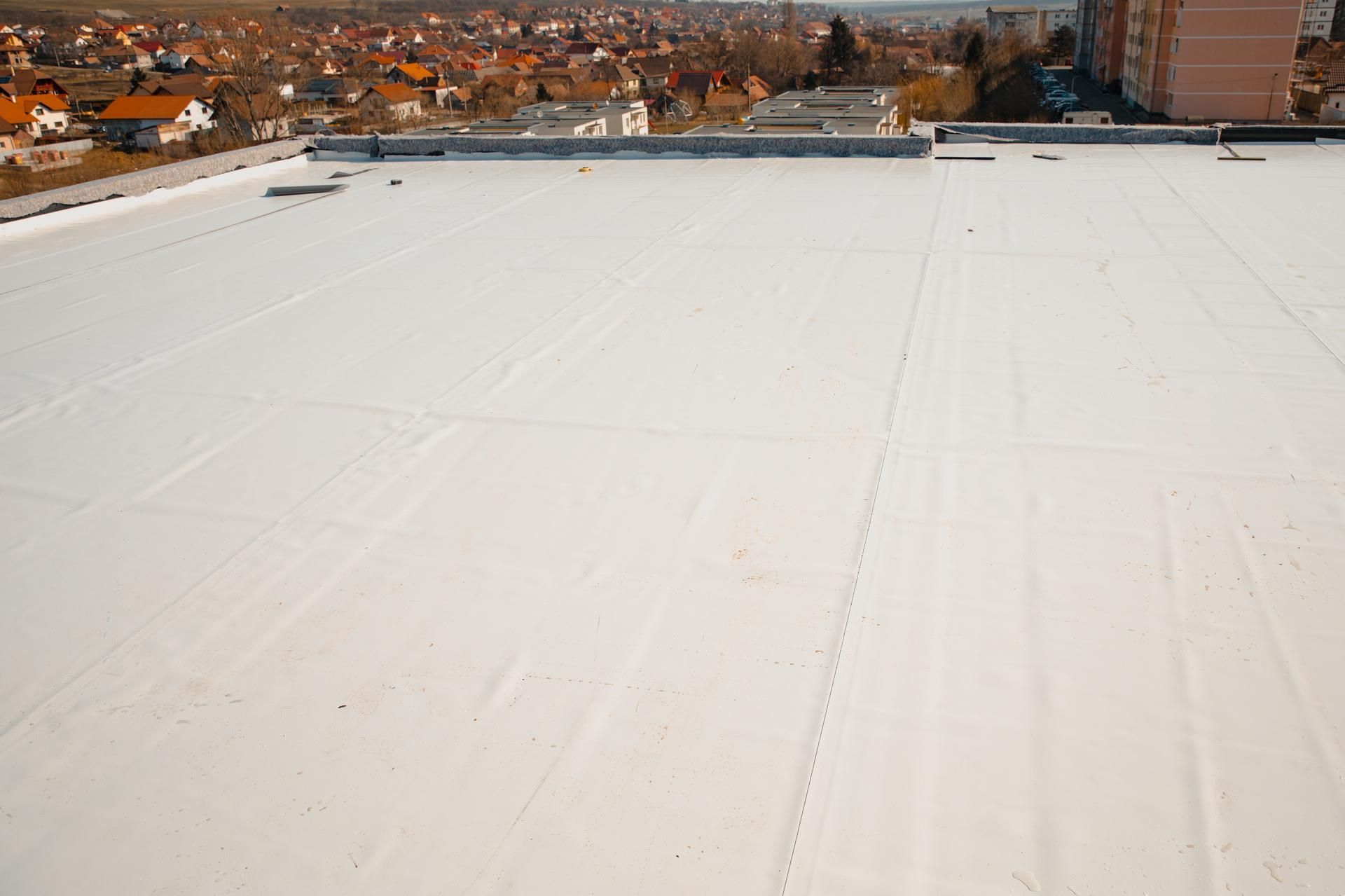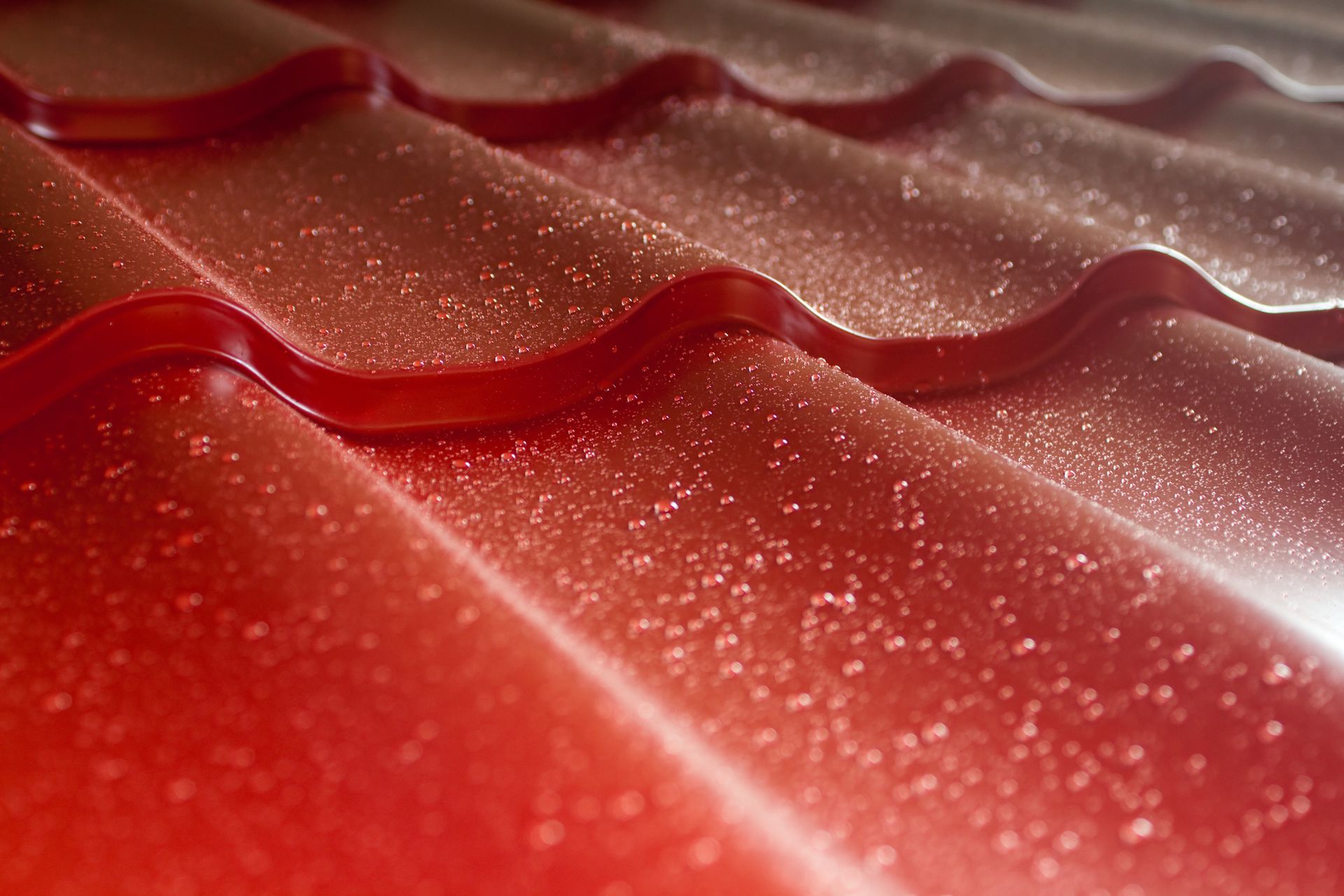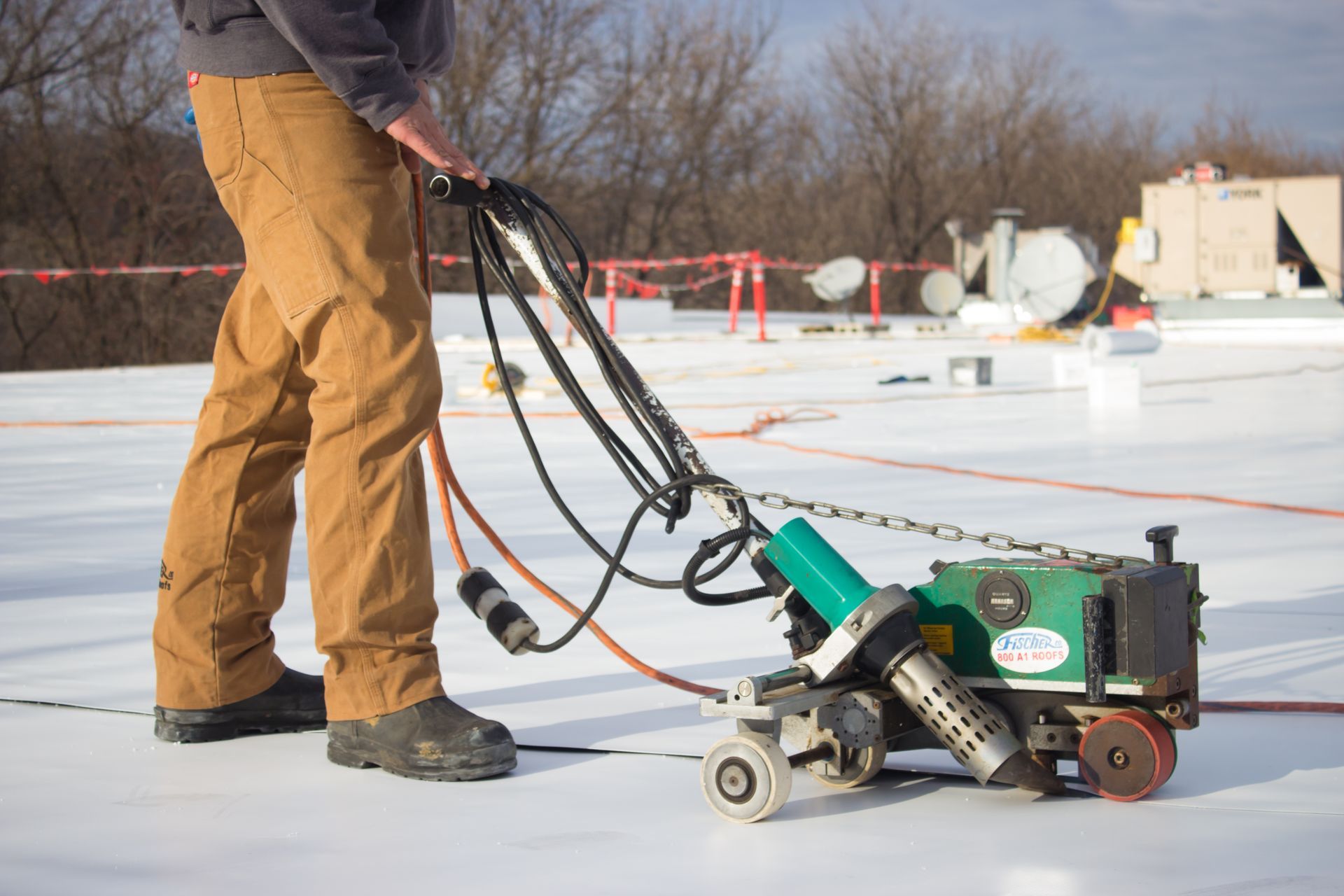How To Check a Flat Roof for Leaks
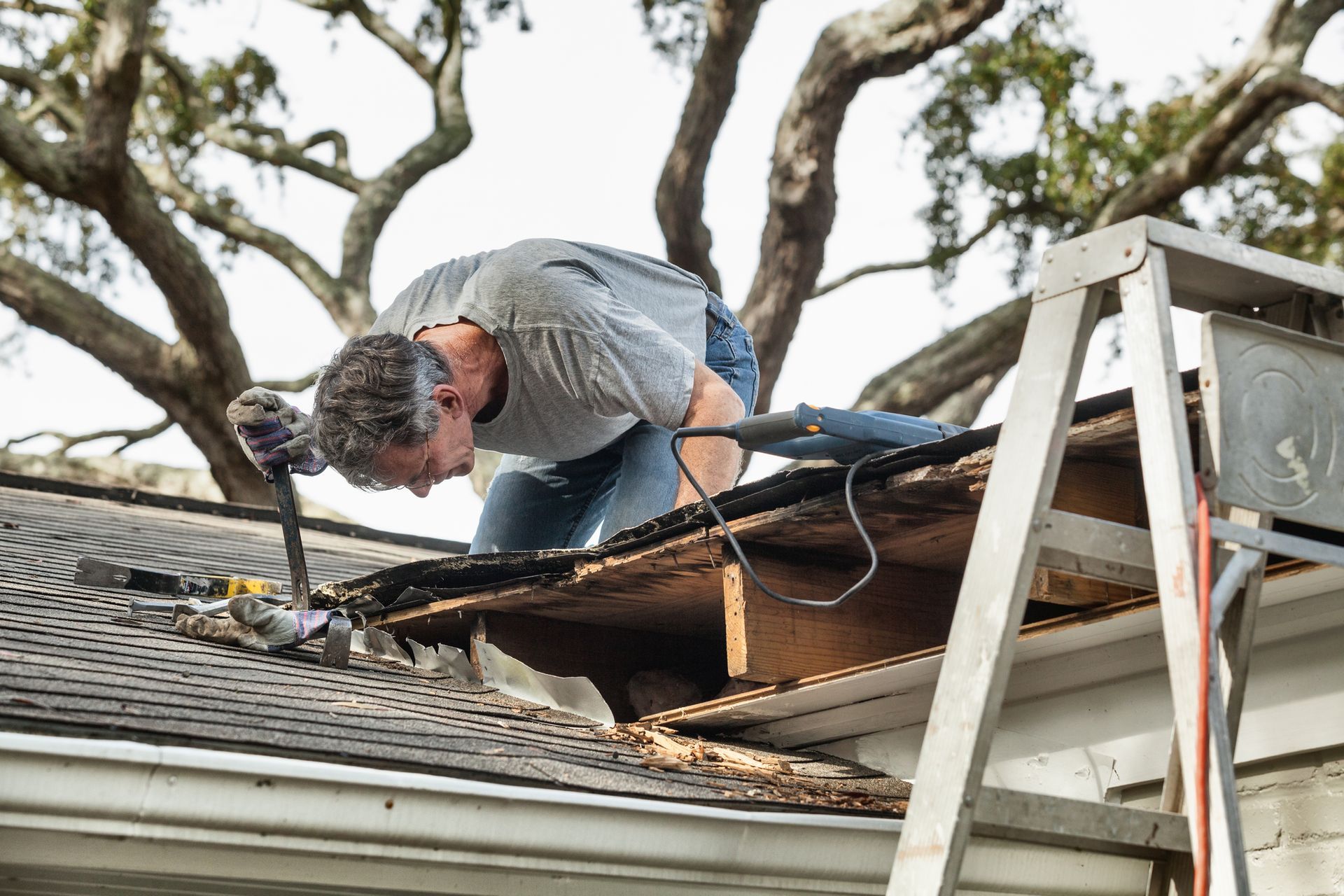
A leaky roof can be a significant headache for any homeowner or building manager. Flat roofs are often used on commercial buildings and some homes because they are inexpensive, easy to change, and easy to keep up. But, like any other kind of roof, flat roofs can leak, which can cause a lot of damage if it goes unnoticed.
To protect the structure of your building and prevent water damage, you need to find and fix these leaks as soon as possible. This blog post will guide you through a step-by-step process to check your flat roof for leaks.
Clear Your Roof of Debris
Over time, leaves, branches, and other objects can gather on the roof's surface, which impedes proper drainage and causes water to pool. Using a broom or rake, gently sweep away the debris, ensuring the roof is free from obstructions. This step is essential, as a clean surface allows for a more accurate inspection. Carefully clean the roof, paying attention to corners, gutters, and areas prone to debris accumulation.
Removing the debris creates a clear path to identify any potential leak points or areas of concern. Once your roof is debris-free, you can confidently proceed with the next steps of the inspection process.
Check Your Flashing
Inspect the flashing for cracks, gaps, or separation. Give special attention to areas near vents, chimneys, skylights, and other roof penetrations. If you observe any problems, it's essential to take immediate action. Repair or replace the flashing promptly to ensure a watertight seal. Ignoring damaged flashing can lead to water seeping into your roof and causing significant damage over time.
If you take care of flashing problems quickly, your flat roof will stay strong and protect your property from water damage.
Check Old Patches
Flat roofs often have patches from previous repairs. These patches can deteriorate over time and become vulnerable to water infiltration. To prevent leaks, inspect these areas closely. Look for cracks, bubbles, or peeling on the patches. You can identify any compromised sections that may lead to leaks by scrutinizing them.
You can choose to reseal or reinforce the patches to maintain the integrity of your flat roof. This proactive approach will prevent water from seeping through the compromised areas. Regular inspection and prompt repairs of old patches contribute to your flat roof's longevity and effectiveness.
Check for Low Spots
Flat roofs need a gentle slope for good water drainage. Low spots can sometimes form over time, causing water to accumulate and leak into the roof. It's essential to check your flat roof for areas where water tends to gather or stay after rain. These spots could indicate a problem with the slope of the roof. To prevent water from pooling and penetrating the roof, address low spots promptly.
Depending on the severity of the problem, you might need to adjust the roof's slope or consider installing extra drainage systems to resolve the issue effectively.
Use a Hose Test
To conduct this test, you'll need an assistant to help you. Begin by running water slowly over particular areas of the roof. Meanwhile, have someone inspect the interior for any signs of moisture or leaks. It's best to start with areas you suspect might be prone to leaks, such as around flashing, patches, or low spots. Take your time during the test and thoroughly cover the entire roof.
If you come across any leaks, mark the location so that you can address them later during repairs. This method allows you to identify areas that require attention and ensure the integrity of your flat roof.
If you need assistance with your flat roof maintenance or repairs, don't hesitate to contact us at Fischer Roofing. We have the experience and expertise to handle all your roofing needs. With proper care, your flat roof can provide you with reliable protection for many years to come.


